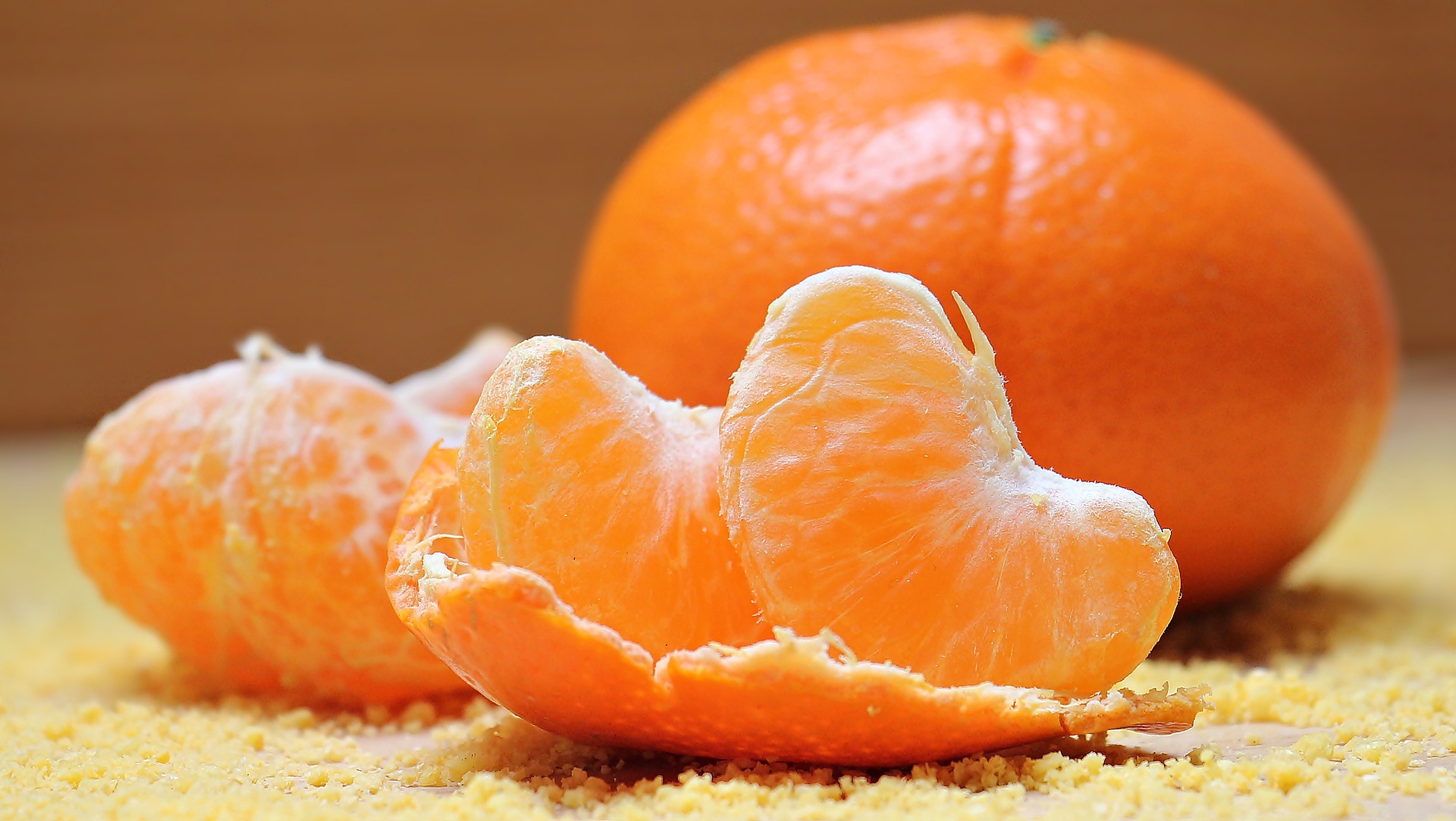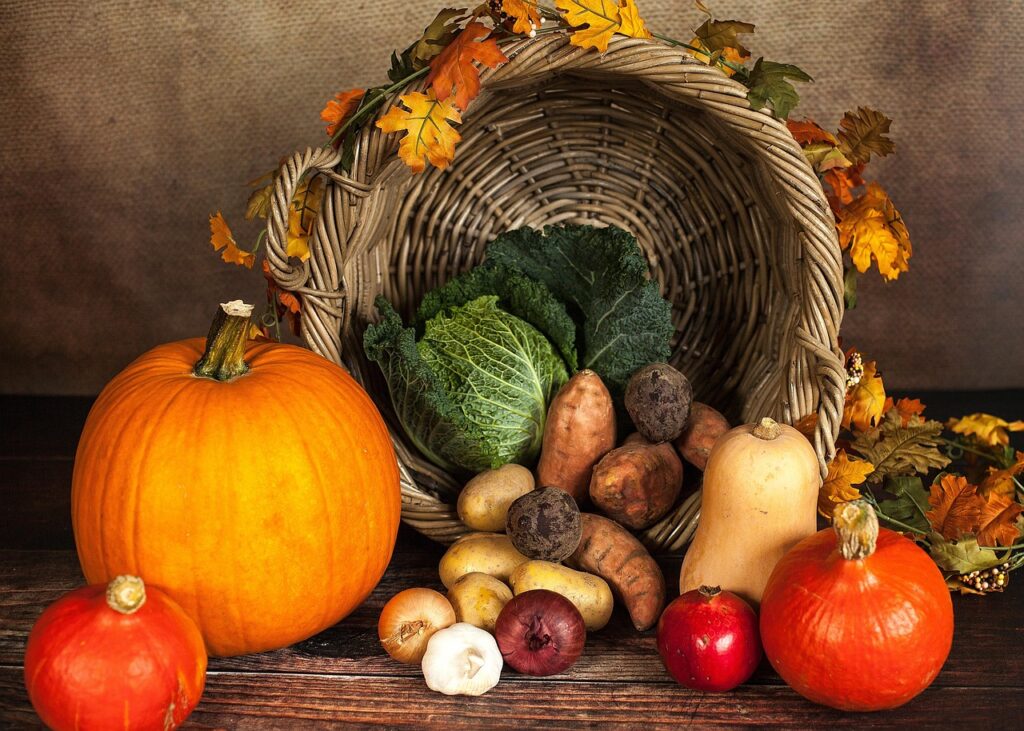Now that it is getting cold and uncomfortable outside, the bright orange tangerines, with their sweet aroma, again dominate the supermarket stand. We cannot imagine the dark season without this healthy winter fruit.
It is believed that mandarin originally comes from the northeast of India or southwest China. There it has been cultivated for several thousand years. Around 1800, it was imported into England and made its way to Europe. Today, wide varieties are grown mainly in the tropical and subtropical regions and are offered here primarily from November to March. The fact that mandarins are now the world’s second most popular citrus fruit shows how much they are in demand.
Tangerines are delicious and healthy because they have a high content of vital substances. Only 54 kilocalories are contained in 100 grams of fruit – the ideal health booster for in-between meals! The daily consumption of four medium-sized tangerines would cover our daily vitamin C requirement. With its B vitamins and beta-carotene as a precursor of vitamin A, the citrus fruit not only supports essential functions of the immune system and the formation of our bones but also makes an essential contribution to metabolism and many other important bodily functions. Regarding fiber content, tangerine is very close to the apple and is also suitable for digestion.
When buying mandarins, it is best to choose fruit from Mediterranean countries and not from overseas to guarantee shorter transport routes and thus lower CO2 emissions. Ideally, mandarins from controlled organic cultivation should be preferred because no synthetic chemical pesticides are used in organic farming. When peeling the fruit, residues on the peel can enter the mouth via the hands. In the case of mandarins from conventional cultivation, it is, therefore, advisable to rinse the fruit with warm water before peeling.
Incidentally, the white threads under the peel and on the flesh of the fruit, known as the mesocarp, can be eaten without hesitation. They even provide an essential proportion of their fiber and many health-promoting secondary plant compounds.
- source: eucell.de/picture:
This post has already been read 1024 times!



